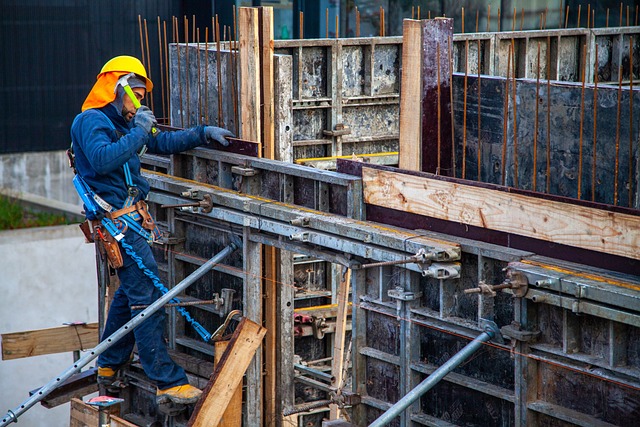Capital News Service
Despite Maryland’s low unemployment rates, employers are struggling to fill job vacancies and the workforce’s blue-collar sector is especially stressed.
Job seekers lack the specialized skills demanded by the market, which could make it challenging to find qualified local workers for the reconstruction of the Francis Scott Key Bridge, according to economists.
“We will see this play out as Baltimore works to reconstruct the bridge. There will be a visible lack of local skills,” said Anirban Basu, an economist, chairman, and CEO of Baltimore-based Sage Policy Group.
In a press conference on Friday, President Biden addressed the public about the reconstruction of the Key Bridge after he took an aerial tour of the disaster site in Baltimore. He said the government will go to all lengths to ensure the bridge is reconstructed as fast as possible, and they’ll do so with “union labor and American steel.”
The bridge collapse has halted all shipping traffic in the Port of Baltimore, a significant economic asset for Maryland and the United States. The U.S. Army Corps of Engineers announced the port is projected to partially open by the end of April, and fully open by the end of May.
Over time, major urban centers central to Maryland’s economy, like Baltimore, transitioned from predominantly blue-collar to white-collar cities, said Basu, highlighting the issue when most of the jobs that need to be filled are blue-collar, especially in a post-disaster era of rebuilding.
In Maryland, many businesses are grappling with a shortage of candidates, starkly contrasting the promising picture painted by the low unemployment rate.
In the years following the COVID-19 pandemic, employers reopened businesses and new businesses emerged, but large numbers of people didn’t return to the workforce, resulting in a dip in participation, one of the critical factors to Maryland’s labor market woes.
Data from the U.S. Bureau of Labor Statistics shows that Maryland’s labor force participation rate has yet to recover to pre-pandemic levels. It hovered at 65.3% as of October 2023, down from 69.3% in December 2019.
Maryland accumulated national attention in 2023 for its low unemployment rate, which hit a record low of 2.3 percent in September, according to the U.S. Bureau of Labor Statistics.
Today's unemployment rate in Maryland is around 2.4 percent, up 0.1 percent from 2023. This means people may be losing their jobs, according to Basu.
Due to demographic changes, the aging of the population, skill set mismatches, a lack of general workforce training, and both existing and projected labor shortages, finding competent workers is getting more challenging on a national level, according to the Maryland Governor’s Workforce Investment Board in Maryland’s Labor Force Conditions report.
The exit of workers from the job force leaves many businesses scrambling to find qualified individuals to meet their staffing needs. The less people actively looking for jobs, the lower unemployment will be.
Maryland had the most significant change in the country's unemployment rate last year, with a 0.9 percent decrease.
“There’s a lack of workers, of skilled workers and an overall shortage of the skill sets needed for these blue-collar jobs that are open,” said Basu.
According to the U.S. Bureau of Labor Statistics, there are an estimated 3.1 job openings for every job seeker in the state, compared to just 1.3 openings nationally. This highlights Maryland's labor market imbalance.
‘“...many Marylanders lack the basic education and skills necessary to succeed in the workforce.
Maryland’s challenge is to maintain its highly educated and skilled workforce while creating
opportunities for all Marylanders to participate and succeed in the 21st-century workplace,” the labor force conditions report states.
Howard County has the highest workforce participation rate in Maryland, at 56 percent. Somerset County comes in last place, with only 36% of its population employed, or actively searching for work.
“It’s important to remember this failure to fill jobs doesn’t mean the market is loosening. It might be bifurcating as 2024 moves on and unemployment slowly rises,” Basu said, “For this lack of skilled workers to fix itself, there needs to be more of a push to learn the skills needed.”





Recent Comments